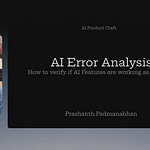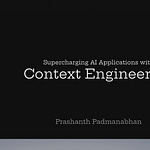Remember the movie 50 First Dates?
Every morning, Drew Barrymore wakes up and forgets everything that happened the day before. It’s charming in a romantic comedy. But it’s exactly what’s wrong with most AI products today.
Large language models are like Drew Barrymore — brilliant in the moment, but forgetful after every session. They respond intelligently within the current conversation, yet once the window closes, everything resets. They don’t know who you are, what you said yesterday, or what you’re trying to achieve over time. Every interaction starts from zero.
The Power of Remembering
Now imagine if she had a journal — a place to store what she learned each day.
That’s what long-term memory does for AI. It helps models retain key facts, preferences, and goals from prior interactions, so the system can build on them later.
When memory works well, the AI starts to feel aware. It remembers that you prefer cappuccino over espresso, that you’re working on a product launch, that your last conversation ended mid-thought. It can pick up the thread and move forward — not just answer the next question.
That small shift from “reactive” to “continuous” changes everything.
It’s how trust forms. It’s how apps stop feeling like chatbots and start feeling like collaborators.
Why Product Managers Should Care
For product managers, memory is not a feature — it’s a strategy.
It’s what transforms user interactions into enduring relationships. It makes personalization real, not scripted. It compounds user delight over time, because the product learns — not just responds.
When we design AI applications that can remember safely, contextually, and purposefully, we’re not just adding another layer of intelligence. We’re building products that feel human — capable of continuity, understanding, and empathy.
Memory is not just how AI learns. It’s how your product remembers who the user is, why they matter, and what to do next.









